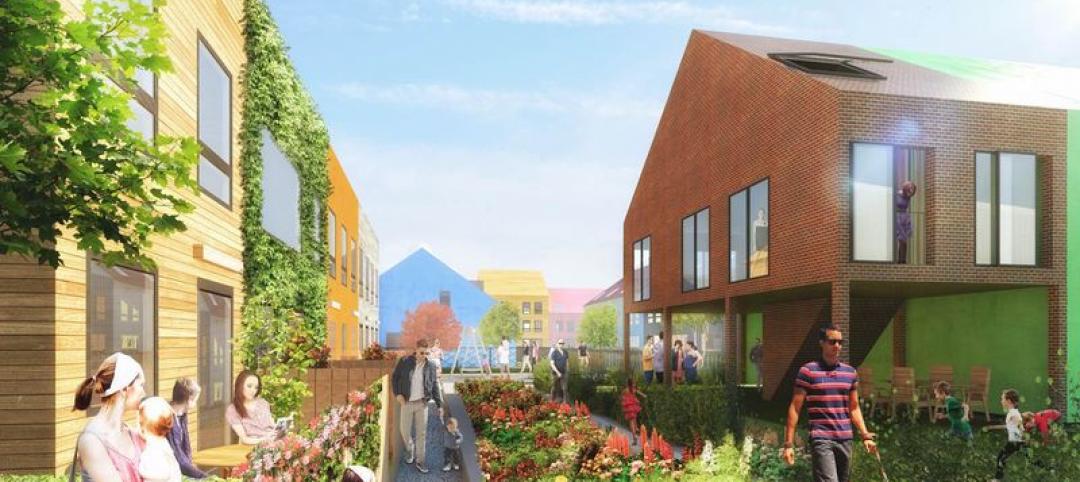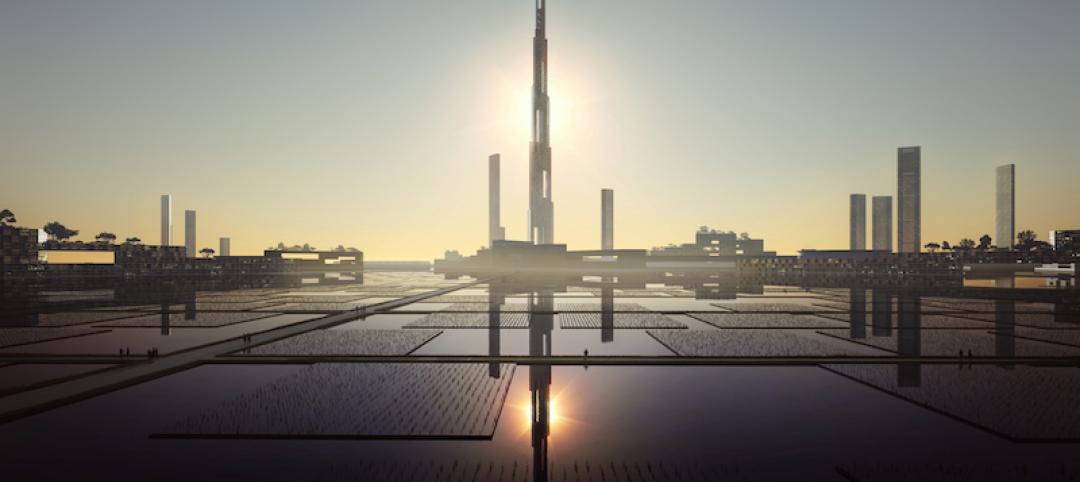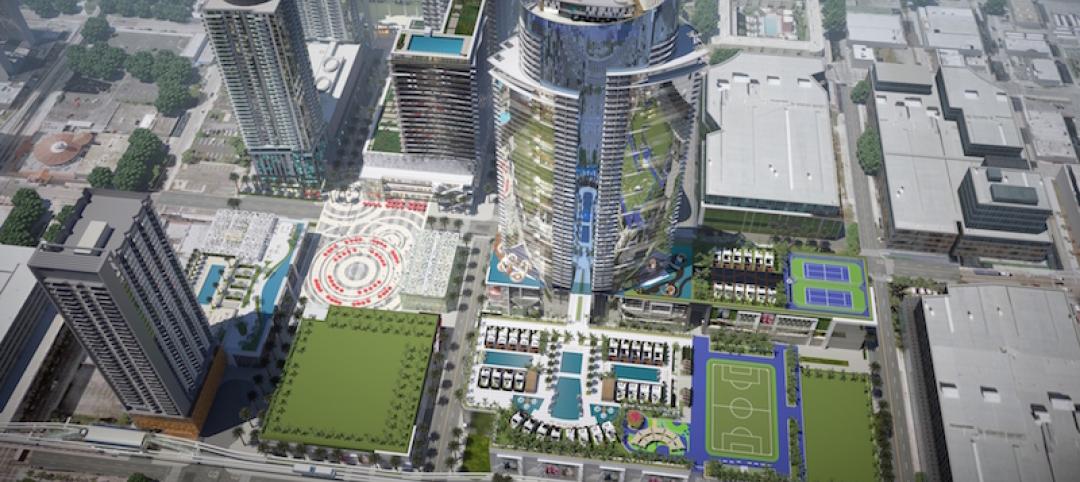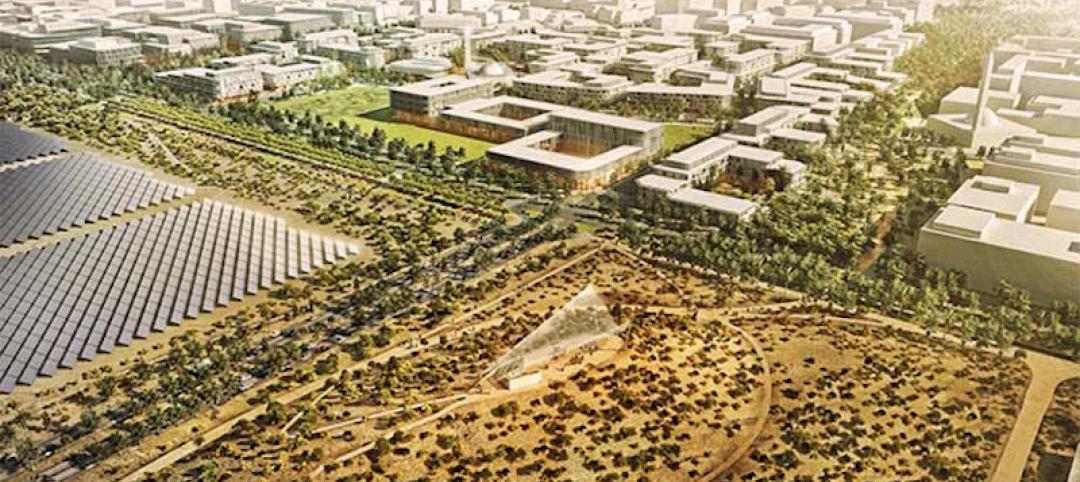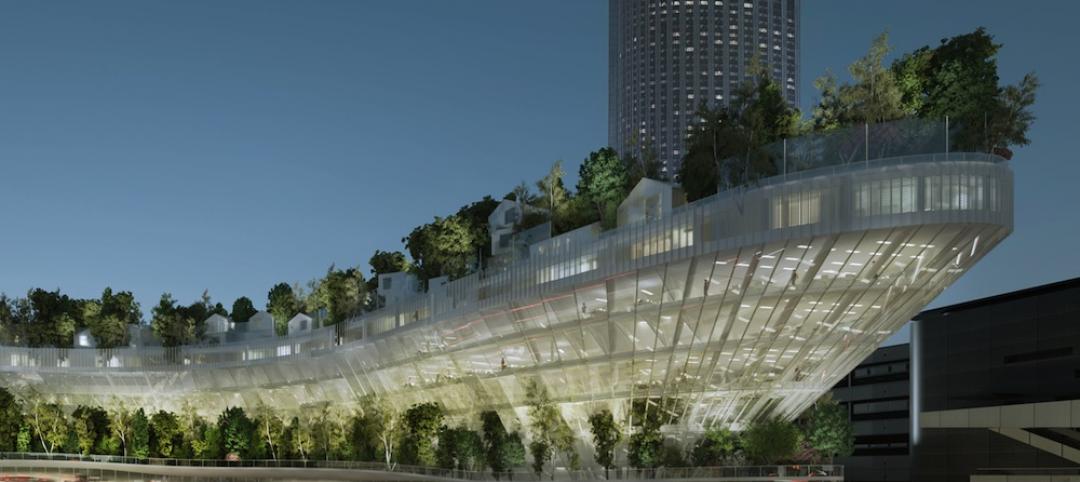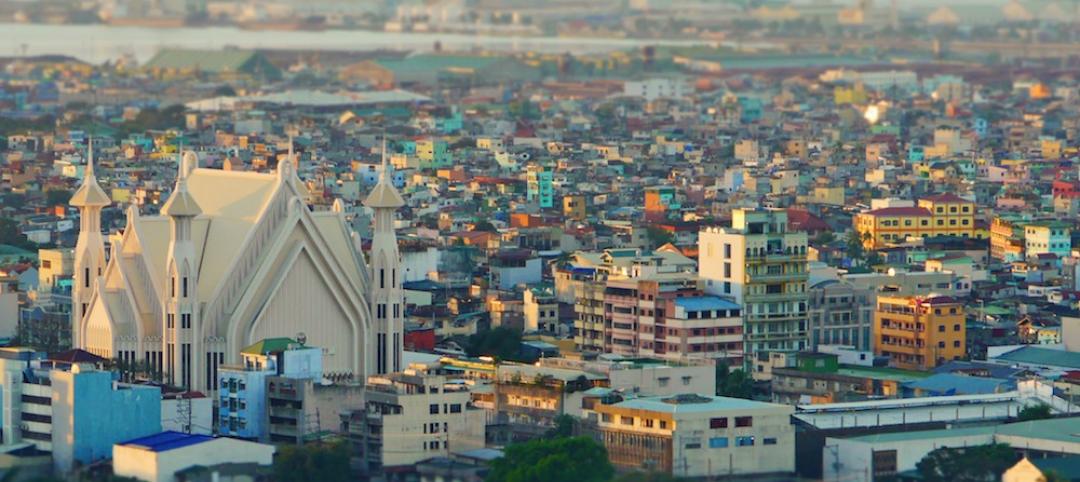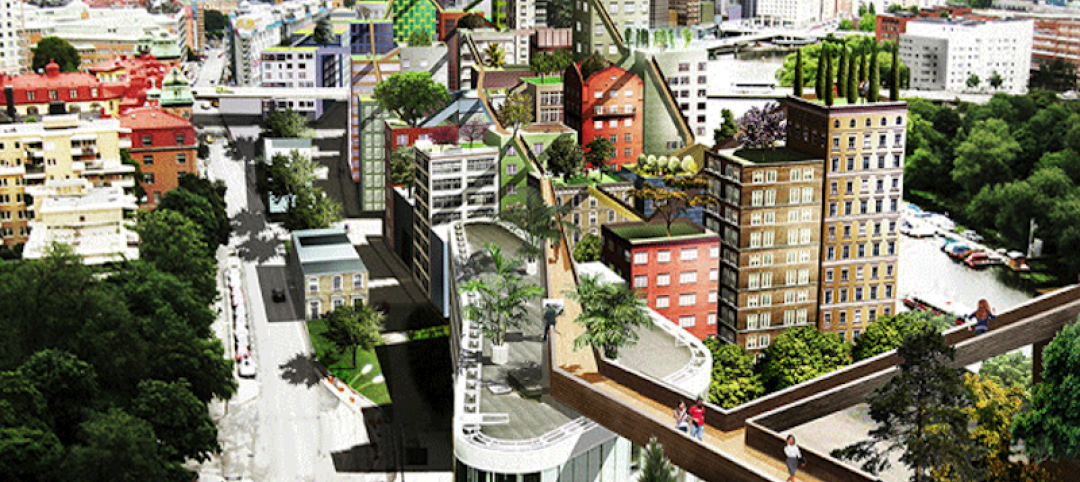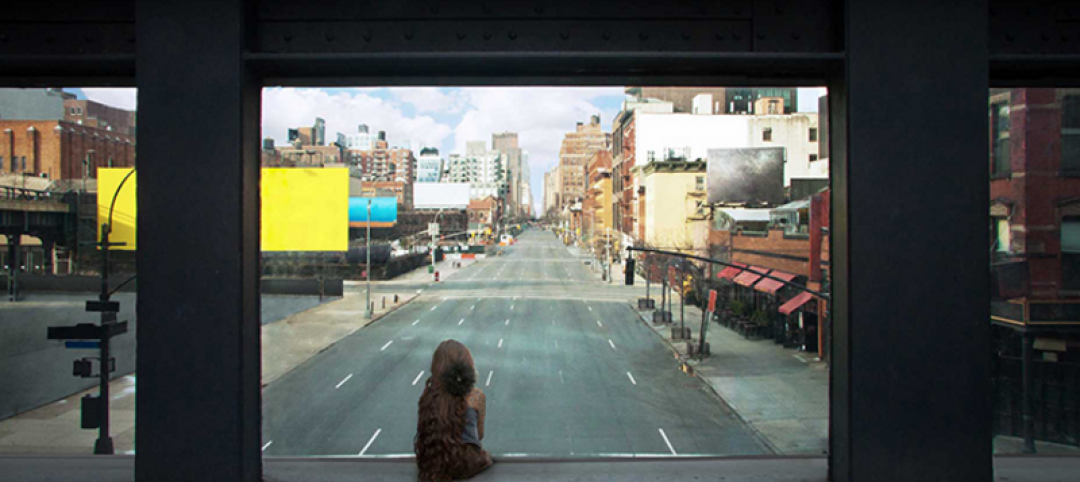Last summer, the New York Times ran a story with the headline “The Capital of Car Culture, Los Angeles Warms to Mass Transit.” That article focused on the recent opening of extensions of L.A.’s Expo and Gold transit lines, and a tax-funded initiative that would finance 40 major transit projects over the next 40 years, including 100 miles of new rail lines and a train tunnel through the Sepulveda Pass to connect the L.A. Basin with the San Fernando Valley.
Cities around the country, from Denver to Tyler, Texas, have embraced transit investment as an economic stimulus. The Federal Transit Administration (FTA) estimates that every dollar spent on transit translates to $4 in economic returns. Property located near transit is up to 150% more valuable. And every $1 billion invested in transit supports at least 20,000 jobs.
Amtrak recorded a record $3.4 billion in revenue in fiscal 2018 from 31.7 million passenger trips, and its lowest operating loss ($168 million) since 1973. And transit-oriented development is now an abiding model for such new construction projects as office buildings, stadiums, and entertainment districts.
So it’s not surprising that public transit ridership across the U.S. was up by 11% between 2010 and 2017, compared to a 6% increase in car ridership during that period, according to a new report on urban public transportation trends that the website STORAGECafé released late last month. STORAGECafé is part of Yardi, the property management software provider.
“Better public transit can make and shape a neighborhood and improve the character of a city,” the report states. “It can provide for the whole range of workers that are needed from refuse collectors to college professors, not to mention addressing environmental concerns. The U.S.’s largest and most rider-friendly cities are showing how this can be done.”
However, more recent FTA data paints a less sanguine portrait of public transit ridership per capita, which with the exception of three metros—Seattle, Las Vegas, and Salt Lake City—declined between 2010 and 2018 (see chart below), despite major investments in such cities as Los Angeles, Houston, and Atlanta. Last month, the Los Angeles Times reported on San Diego’s proposal to use billions in taxpayer money to fund a high-speed rail system.

Last year, despite major investments by some big cities, public transit ridership declined in most cities, according to Federal Transit Administration estimates. Chart: Los Angeles Times/San Diego Union-Tribune
Objectively, Americans still prefer the comfort and convenience of their personal cars and trucks: 127 million drove to work in 2017. But STORAGECafé still sees public transit as an emerging transportation mode, with 7.5 million people commuting by bus or train in 2017. In New York City, which operates the country’s largest mass-transit system, its public transit ridership increased by nearly 239,000 in 2017.
Among the 30 largest cities in the U.S., San Jose saw a 46.7% increase in public transit ridership in 2017, vis a vis 2010, followed by Jacksonville, Fla. (35.8%, Nashville (26%), Columbus, Ohio (17.3%), and Dallas (14.1%).
Washington D.C. ranks as STORAGECafé’s No. 1 city for public transportation, based on a combination of factors: share of people who use it, time it takes to get to work, travel time compared to car travel, and cost as a portion of median income. In D.C., 35.4% of its residents use public transit. It takes them, on average, 38 minutes to get to work (9.6 minutes quicker than had they drove), and costs $104 per month, or 2.2% of the market’s median earnings.
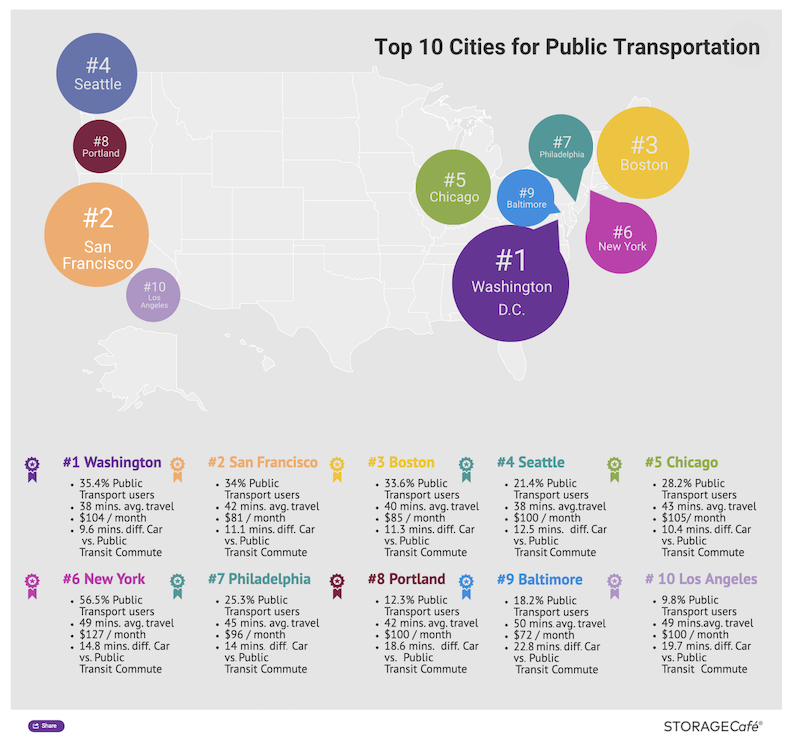
STORAGECafé ranks Washington DC as the No. 1 public transit city in the country, based on such factors as users per population, travel time, and commuter costs. Image: STORAGECafé
Washington’s public transit ranking is followed by San Francisco, Boston (which on Nov. 4 decided to convert its commuter rail network into a regional rail network), Seattle, Chicago, New York, Philadelphia, Portland, Ore., Baltimore, and Los Angeles.
STORAGECafé acknowledges the challenges associated with providing public transit service in large cities that, in many cases, are experiencing population growth. It notes that improving public transit “requires planning and legislation, which can take time.” But many of America’s metros, already clogged by vehicular congestion, have little choice but to move toward public transit as a means of moving people to and from where they live, and to present their cities as attractive options for businesses.
The benefits of public transit are manifold, says the report, especially in light of the 4.5 million serious injuries and 40,000 fatalities caused by car crashes last year, according to the National Safety Council. STORAGECafe’s report contends that public transit is 10 times safer than driving a car, and uses less fuel per passenger, which means cleaner air for cities. (The U.S. Department of Transportation states that public transit produces 95% less carbon monoxide than private vehicles.)
The report also suggests that public transit is less stressful than individual driving. It cites a study of Millennial mobility by the American Public Transportation Association and the Transit Cooperative Research Program, which found that public transit is conducive to Millennials’ preferences for working and socializing online while they travel.
The notion that public transit is the preferred mode for mostly lower-income commuters is starting to change, too. STORAGECafé found that 23.3% of public transit users earn more than $75,000 annually, compared to 17.6% in that earnings bracket in 2010.
Related Stories
Urban Planning | May 4, 2016
Brookings report details how different industries innovate
In the new report, “How Firms Learn: Industry Specific Strategies for Urban Economies,” Brookings' Scott Andes examines how manufacturing and software services firms develop new products, processes, and ideas.
Urban Planning | Apr 19, 2016
MVRDV wants to turn a former US Army barracks in Germany into a model for the future of suburban living
Blending traditional families with young couples and the newly retired, MVRDV hopes to transform traditional suburbs into diverse communities of shared experiences
High-rise Construction | Mar 10, 2016
Bigger, taller, wider: London’s skyline is about to have a major growth spurt
More than 100 tall buildings have been added to the plans for the capital city since this time last year, and the overall number of tall buildings planned for London is now over 400.
High-rise Construction | Feb 25, 2016
Kohn Pedersen Fox wants to build a mile-high tower in Tokyo
The tower would be the centerpiece of Next Tokyo, a mini city in Tokyo Bay adapted to climate change and rising tides.
Mixed-Use | Feb 18, 2016
New renderings unveiled for Miami Worldcenter master plan
The ‘High Street’ retail promenade and plaza is one of the largest private master-planned projects in the U.S. and is set to break ground in early March.
Green | Feb 18, 2016
Best laid plans: Masdar City’s dreams of being the first net-zero city may have disappeared
The $22 billion experiment, to this point, has produced less than stellar results.
Urban Planning | Feb 9, 2016
Winners named in 'reinventing Paris' competition
Architects submitted projects that redeveloped key parts of the city and incorporated green space features.
Urban Planning | Feb 2, 2016
Report identifies 600 cities that will drive economic growth through 2025
Of them, 440 are in emerging economies in China, South Asia, and Southeast Asia.
Urban Planning | Jan 21, 2016
Anders Berensson Architects re-imagines Stockholm as a city of skywalks
The Swedish firm’s "Klarastaden" plan connects the city via clear skyways that weave in and around the city’s buildings.
Urban Planning | Jan 19, 2016
Cities are booming, but do they have what it takes to sustain growth?
While cities are creating new jobs and attracting new residents, there are warning signs that suggest this current urban boom lacks the necessary sustainability that comes with focusing on the macro issues of community, affordibility, and displacement, writes Gensler’s Peter Weingarten.




